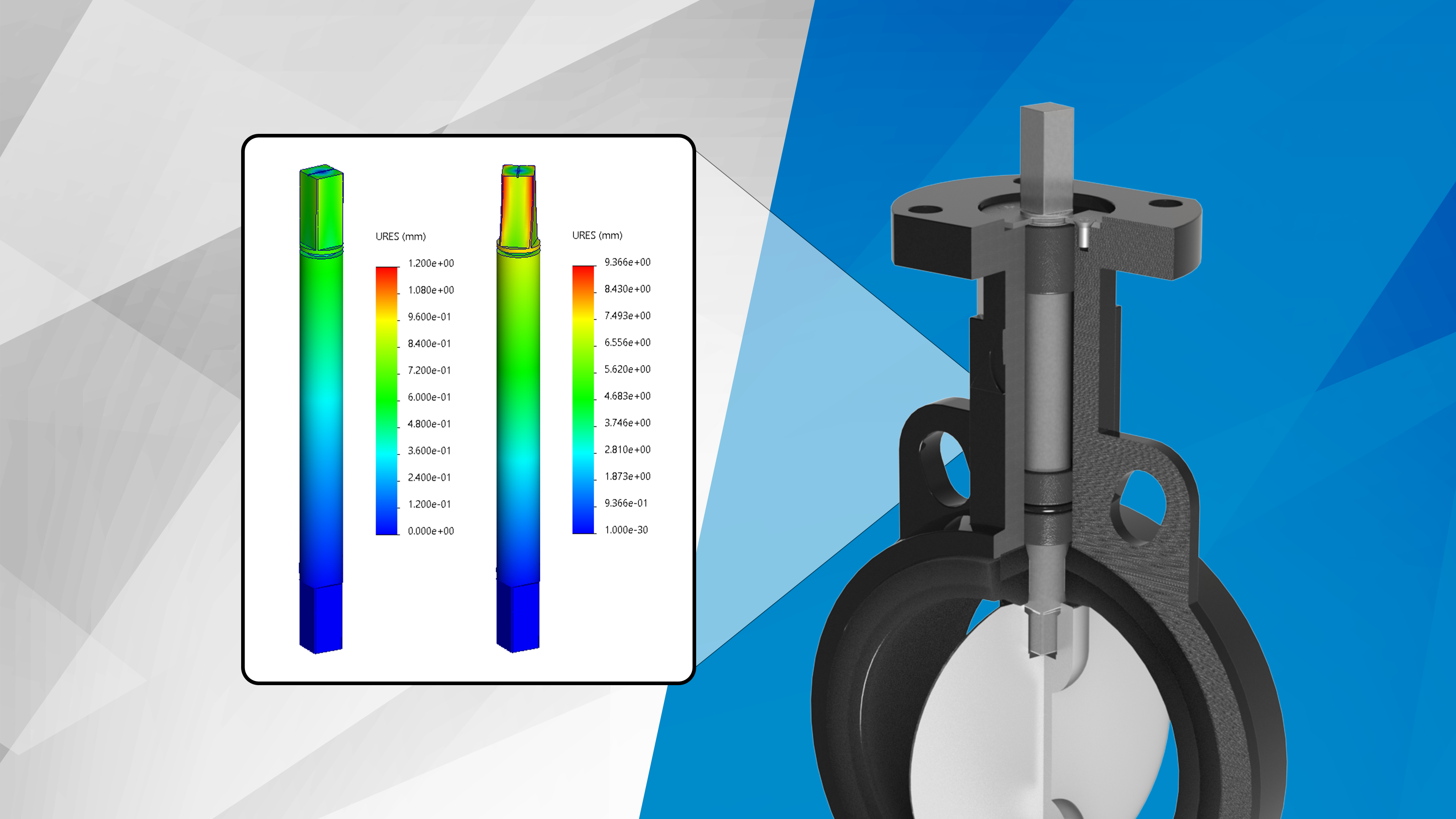What Does MAST Mean with Valves?
MAST (Maximum Allowable Stem Torque) refers to the maximum amount of torque that can be applied to the stem of a valve or a similar device without causing damage or malfunction. The stem is the part of the valve that connects the actuator (which controls the valve’s position) to the valve body, allowing for the opening and closing of the valve.
The maximum allowable stem torque is a critical parameter in the design and operation of valves because exceeding this limit can lead to mechanical failure, damage to the valve components, or impaired functionality. Manufacturers typically provide specifications for the maximum allowable stem torque for their valves, and these specifications should be followed to ensure proper and safe operation.
It’s important to note that the maximum allowable stem torque can vary depending on the type of valve, its size, and its intended application. Valves used in different industries or applications may have different torque requirements. Engineers and operators should consult the valve’s technical documentation or contact the manufacturer for specific information regarding the maximum allowable stem torque for a particular valve.


Ball Valve
Stem in Blue

Butterfly Valve
Stem in Blue

Max-Air Technology is here to
support your flow control needs.








